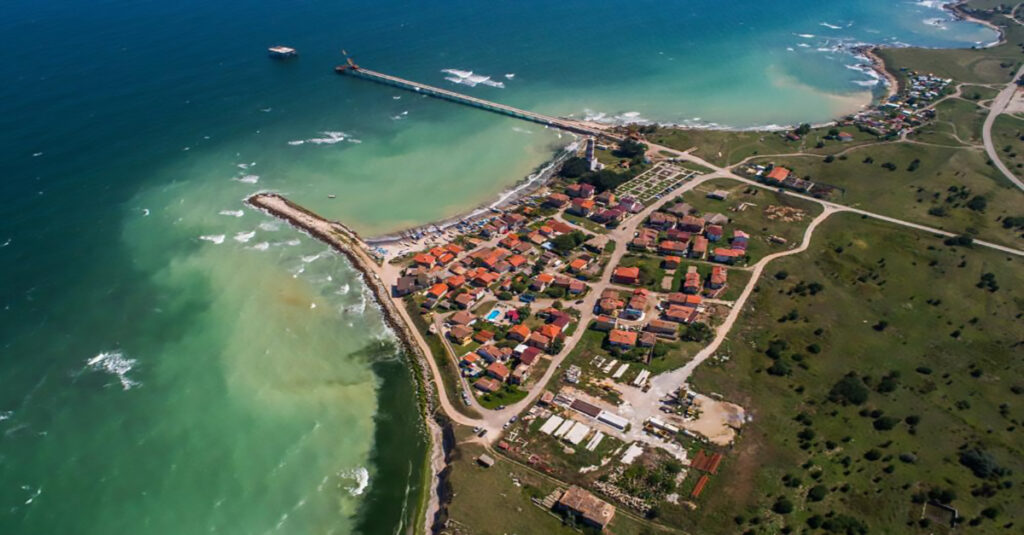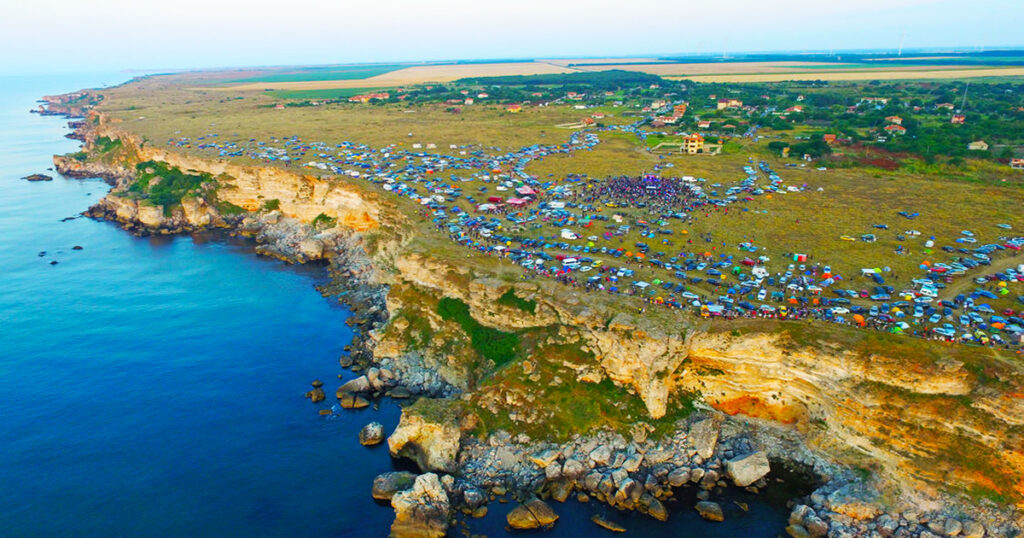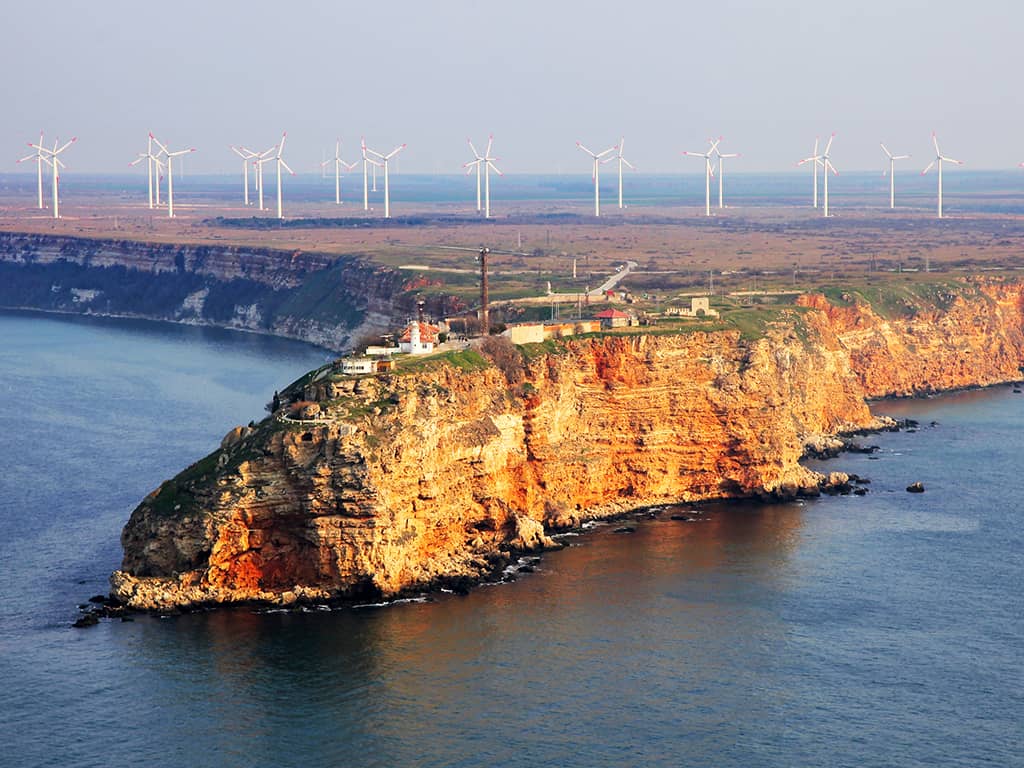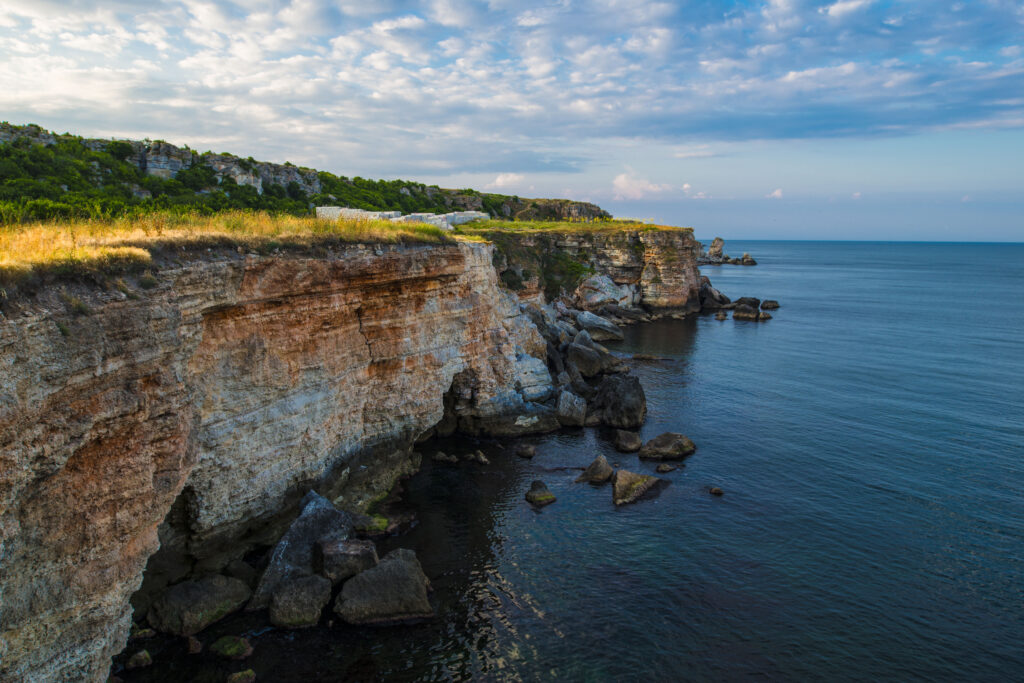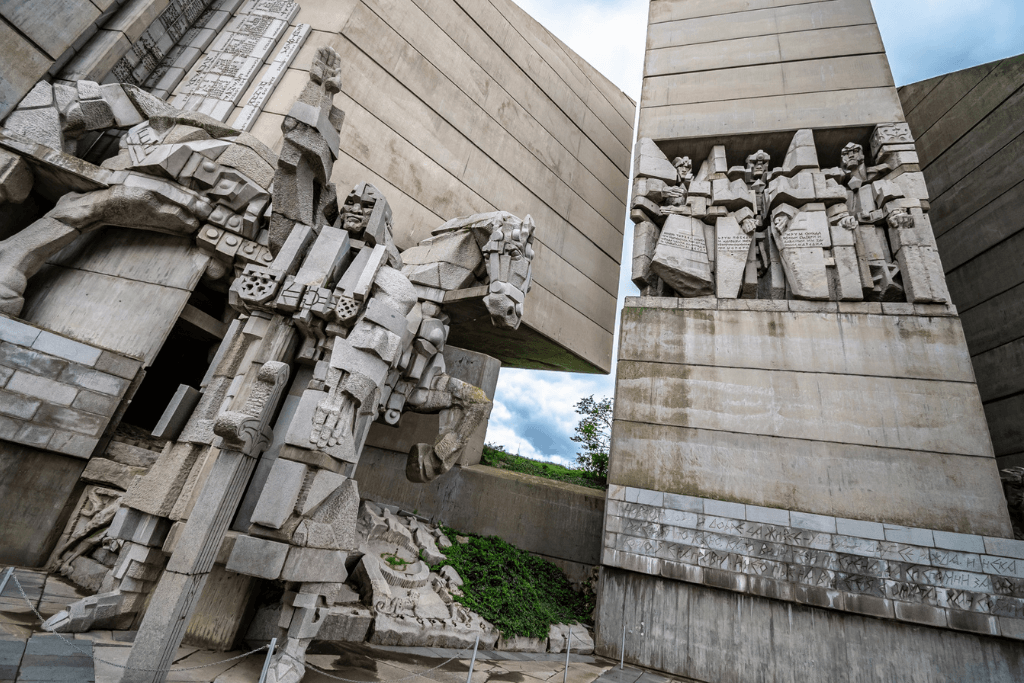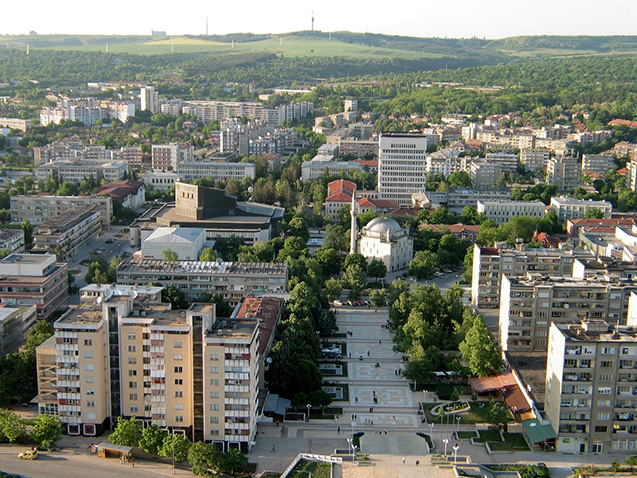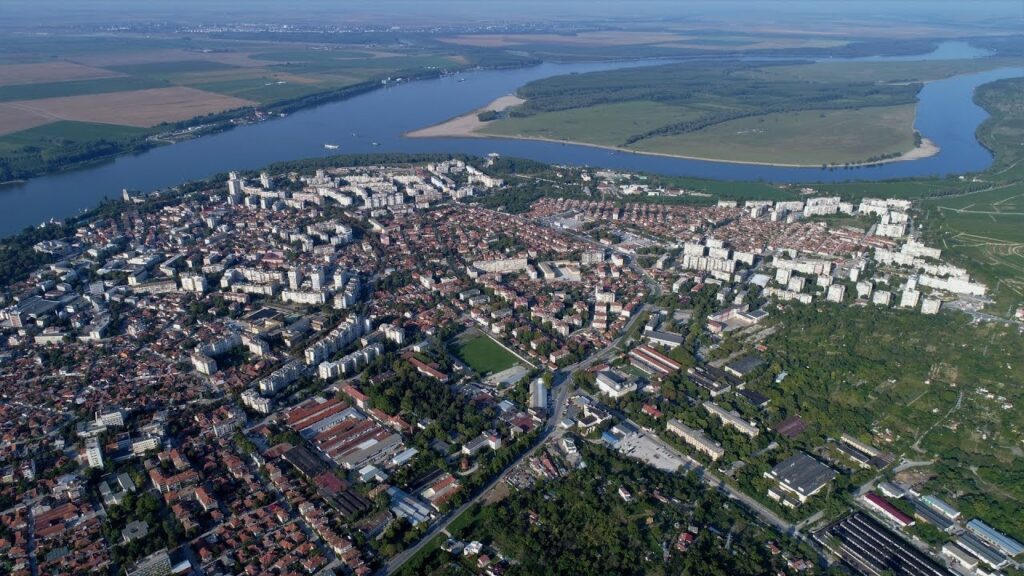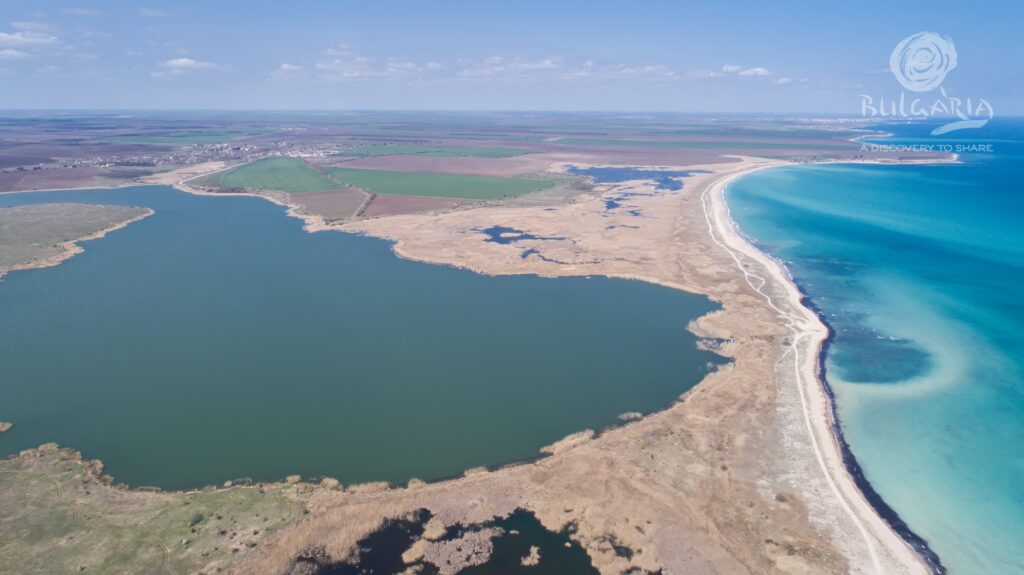Bulgaria is a place that does not rush to impress. Its beauty appears in layers, shaped by nature, history, and the quiet rhythm of daily life. From wide plains to high mountains and a calm sea coast, the country feels grounded and sincere. Each region carries its own character, yet all share a sense of balance between people and land.
Many visitors first encounter Bulgaria through Varna, a lively coastal city with deep roots and a strong cultural presence. The Varna region offers easy access to beaches, forests, and small towns, making travel feel simple and rewarding. Movement between places feels natural, especially with the freedom of the open road.
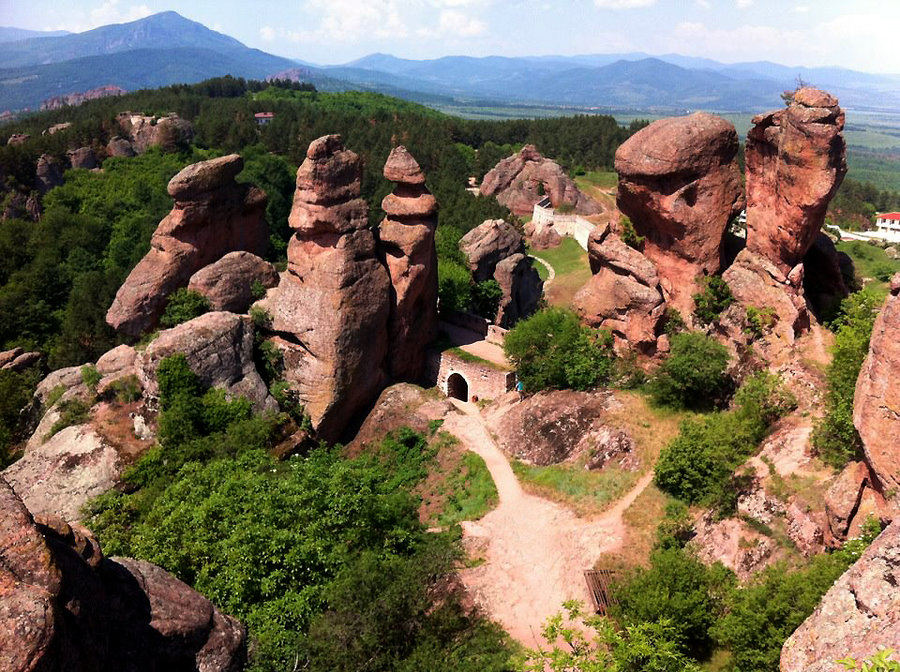
The Sea and the Sense of Space in Bulgaria
The Black Sea coast plays a central role in how Bulgaria feels. Long beaches stretch beside cliffs and dunes, while quiet coves appear just beyond busier resorts. Golden sands remains one of the most well-known coastal areas, offering wide shores and clear water that suit both relaxation and long walks.
Nearby, St. St. Constantine and Helena adds a calmer pace. The area blends sea air, greenery, and mineral springs in a way that feels balanced rather than planned. These coastal places are not about spectacle. They are about space, light, and time spent outdoors.
Traveling along the coast often becomes easier with a car, and many visitors choose My Rent a Car for flexibility and comfort. Being able to stop at small viewpoints or quiet beaches changes how the journey feels. The road becomes part of the experience, not just a way to move between destinations.
Mountains, Valleys, and Interior Lands
Away from the sea, Bulgaria opens into hills, valleys, and mountain ranges that feel deeply rooted in the past. Forest paths lead to old monasteries, stone bridges, and villages where traditions remain part of everyday life. These inland areas offer contrast to the coast, yet they feel equally welcoming.
The seasons shape the land clearly. Spring brings green slopes and rivers at full strength. Summer carries warmth and long evenings. Autumn softens the colors, while winter adds stillness and depth. Each period changes how the country is experienced.
History That Lives in the Present of Bulgaria
History in Bulgaria does not sit behind glass. Ancient ruins, medieval fortresses, and old town centers remain active parts of modern life. Churches stand beside cafés. Roman walls share space with city streets. This closeness gives places meaning without turning them into museums.
Local customs, food, and music keep the past present. Meals are shared slowly. Conversations stretch late into the evening. These small moments often leave a stronger impression than landmarks alone.
A Place That Stays With You
The beauty of Bulgaria lies in its honesty. It does not ask to be admired loudly. It invites you to look closer, stay longer, and move at a natural pace. Whether walking beside the sea, driving through open land, or sitting in a quiet town square, the country leaves space for personal experience.
Many travelers arrive curious and leave connected. Bulgaria has a way of staying with people long after they return home.

